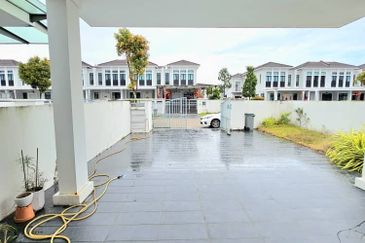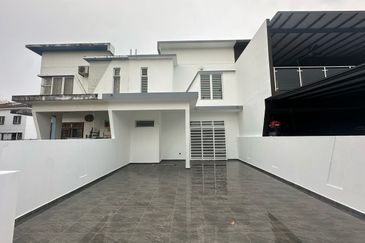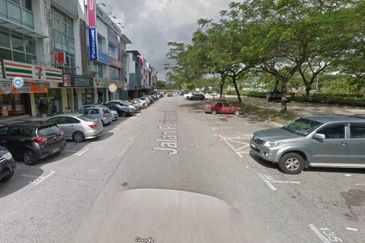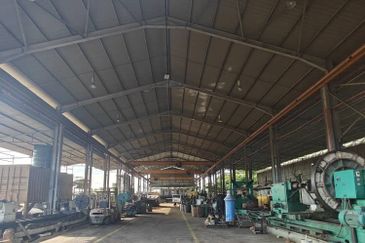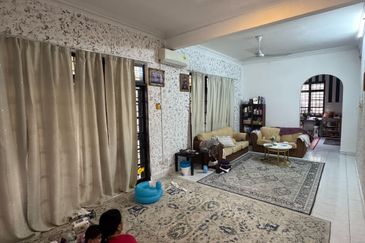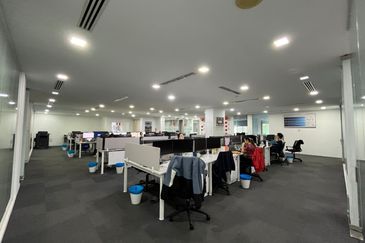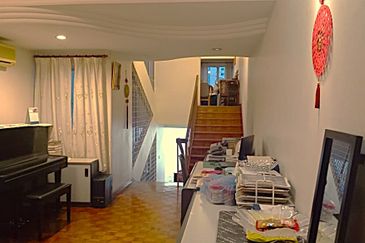
KUALA LUMPUR (June 19): Historically low interest rates are “fuelling” debt in Malaysian households, “which have funnelled loans mainly to the purchase of residential properties and passenger cars”, The Edge Malaysia reported this week.
Data reveals that loan applications and approvals by banks have been at elevated levels since the end of the first round of the Movement Control Order (MCO) in May last year – with loan applications hitting a record high of RM94.24 billion in March.
“Of the RM94.24 billion in loan applications in March, RM36.14 billion, or 38.35%, was for the purpose of purchasing residential properties, followed by RM10.77 billion, or 11.43%, for the purchase of passenger cars,” stated the weekly.
Analysts told the publication that government initiatives such as the Home Ownership Campaign (HOC) add to banking sector loans, “which may not be sustainable, especially if the economy remains weak and uncertain”.
“If you let this situation continue, and if there are no pre-emptive macroeconomic measures by the government, then it could be a problem,” said Lee Heng Guie, executive director at The Associated Chinese Chambers of Commerce and Industry of Malaysia’s Socio-Economic Research Centre (SERC).
“The flip side of keeping rates low for too long is the risk that you keep fuelling the asset bubble. When loans are cheap, it will encourage people to take more risks and engage in speculative investments,” Lee added.
“Should the economy worsen, can banks shoulder an uptick in non-performing loans?” asked The Edge.
It answered its own question by saying that “Bank Negara appears confident about the robustness of the banking system, since it has mandated rigorous capital adequacy requirements and buffers over the past decade post-GFC.”
However, independent economist Dr Nungsari Radhi feels that “although the Financial Stability Review findings suggest that the elevated level of household debt poses no systematic risk to the banking system, given the still-comfortable financial assets-to-debt ratio, the distribution of ownership of those assets is skewed towards high-income households”.
“The lower two-thirds of households are up to their eyeballs in debt! That is why the loan moratorium is essential now for these households, especially the ones that are affected by the pandemic and small/micro businesses whose cash flows have been affected,” said Nungsari.
“Household debt has been high for a while now and Bank Negara has been highlighting this. These are for housing and consumption (including motor, credit card and personal loans). Government policy has reduced transaction costs for auto and houses, which explains the robustness [of demand].
“It worsens the indebtedness of households but makes businesses happy, and the government is pro-business,” he added.
Many households are also going into debt to purchase property.
National Property Information Centre (Napic) data reveals that the number of property transactions increased to 328,647 units in 2019 from 313,710 units in 2018 — a growth of 4.8% “although the figures include non-residential properties”.
“If you look further and dissect the banking data numbers, outstanding loans in the banking system, owing to residential property, is also quite high,” says Lee of SERC.
The Edge added that the HOC could be a reason for the rise in loan applications and approvals in March and April, as the campaign was supposed to end at end-May. The campaign has since been extended to the end of the year.
Read the full report in this week’s The Edge Malaysia
Get the latest news @ www.EdgeProp.my
Subscribe to our Telegram channel for the latest stories and updates
TOP PICKS BY EDGEPROP
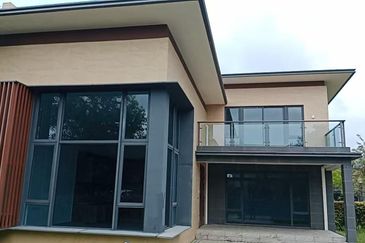
Forest City Golf Resort, Gelang Petah
Johor Bahru, Johor
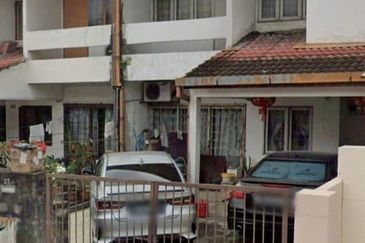
Taman Angkasa
Jalan Klang Lama (Old Klang Road), Kuala Lumpur

Danau Permai Condominium
Taman Desa, Kuala Lumpur






